The Renaissance of Traditional Hatmaking
Artisanal hat-making is experiencing a renaissance, with traditional and modern techniques enabling the creation of true works of art. In this article, we will explore different techniques used by some of the best hatmakers in the world.
Hat-making techniques
1. Featherwork Hat-making
Ian Bennett is a London-based hat designer known for his technical skill and passion for haute couture hat-making. With over 30 years of experience, he has collaborated with various fashion houses and designed hats for notable figures such as Queen Elizabeth II, as well as for theatrical and film productions. He currently works in his London studio, where he designs, creates, and teaches.
Notable Techniques:
-
Feather Shaping and Molding: Bennett employs special techniques to curve and mold feathers, creating organic and dynamic shapes. He uses steam and specialized tools to shape each feather, adding movement and elegance to his hats.
-
Custom Dyeing: He is known for dyeing feathers in a range of vibrant colors. Bennett uses high-quality dyes to ensure that the colors are durable and do not fade over time. Bennett's hats are not only beautiful but also colorful!
-
Detailed Assembly: Bennett meticulously assembles feathers into intricate patterns, combining different types and colors to create stunning visual effects. This technique includes layering feathers and creating complex geometric or floral patterns.
In his workshops, Bennett teaches how to create headbands using wire for a firm structure, and then adds floating feathers for a dramatic touch. This technique allows designers to create eye-catching pieces that combine stability with elegance.
Bennett has designed hats for Queen Elizabeth II, including the one she wore at the Thames Diamond Jubilee Pageant in 2012. Working with royalty is no small feat!
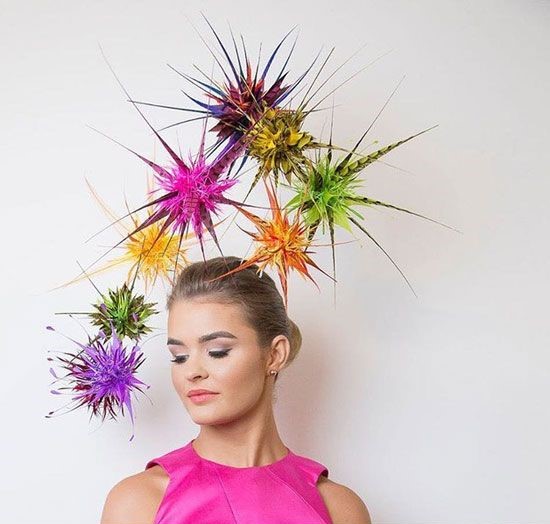
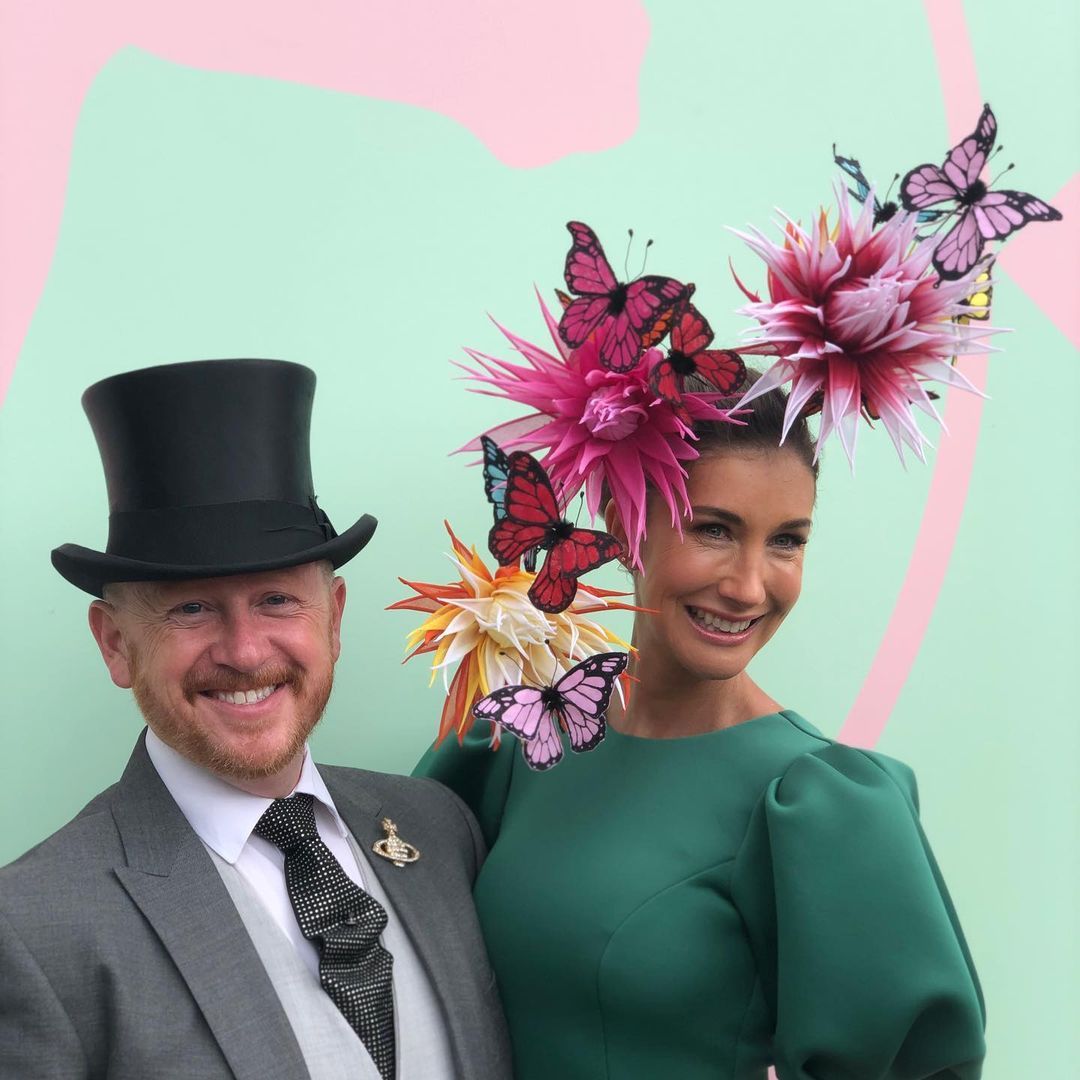
Ian Bennett held an exclusive workshop at our facilities, sharing his advanced techniques and passion for hat-making. Participants learned how to work with shaping and transform pre-dyed feathers into a beautiful and spectacular arrangement by cutting, curving, and molding them.
For those interested in applying feather hat-making techniques, we offer a wide variety of high-quality feathers in our online store, including duck, pheasant, turkey, goose feathers, and more.
Visit us!
2. Creativity and Sculptural Designs
Phillip Treacy is an internationally renowned Irish milliner celebrated for his innovative, extravagant, and sculptural designs. He has collaborated with some of the world’s most prestigious fashion houses, including Chanel, Alexander McQueen, and Valentino. His hats have complemented haute couture collections, adding a unique and spectacular element to runway shows. Additionally, he has created hats for celebrities and royalty, including Queen Elizabeth II and the Duchess of Cambridge.
Treacy has received numerous awards for his work, including the title of "British Accessory Designer of the Year" multiple times. His talent and contributions to fashion have been widely recognized within the industry.
Treacy's hats are known for their extravagance, innovative use of materials, and sculptural forms. From feathers and flowers to complex geometric structures, his designs often challenge traditional millinery conventions and push the boundaries of creativity.
Aspects Highlighting His Creativity and Extravagance:
1.Nature-Inspired Designs: Many of Treacy's hats draw inspiration from nature. He has created hats that mimic giant flowers, butterflies, birds, and other natural elements. Using feathers, silks, and other materials, he brings these inspirations to life, achieving both a realistic and fantastical appearance.
.png)
And he does not limit himself to traditional millinery materials. He has experimented with plastic, metal, acrylic, and even optical fiber. This material innovation allows him to create shapes and structures that are impossible to achieve with conventional techniques.
2. Sculptural Forms: His hats often feature bold sculptural shapes. For example, he has designed hats that resemble towers, spirals, or complex geometric figures. These forms not only adorn the head but also transform the wearer’s silhouette, becoming an extension of the body.
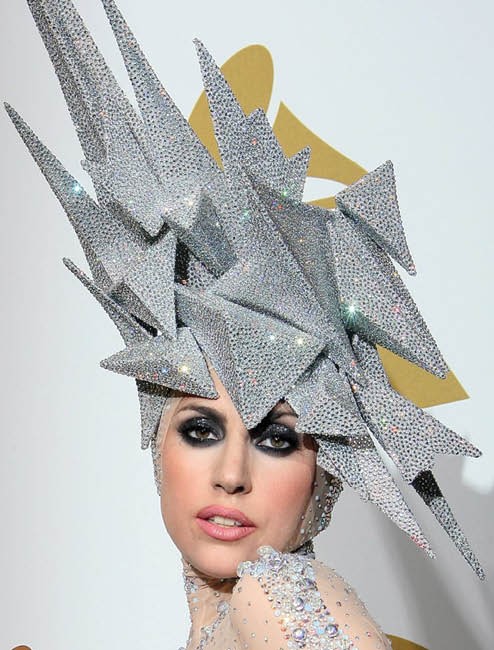
3. Cultural and Artistic References: Treacy has designed hats inspired by architecture, contemporary art, and pop culture. For instance, he has created hats reminiscent of works by artists like Salvador Dalí and Pablo Picasso, incorporating surrealist and abstract elements.
4. Hats for Major Events: Many of Treacy's most iconic designs have been created for high-profile events, such as royal weddings, Met Gala, and haute couture fashion shows. These events allow him to explore his creativity to the fullest, as the hats are intended to make a significant visual impact.
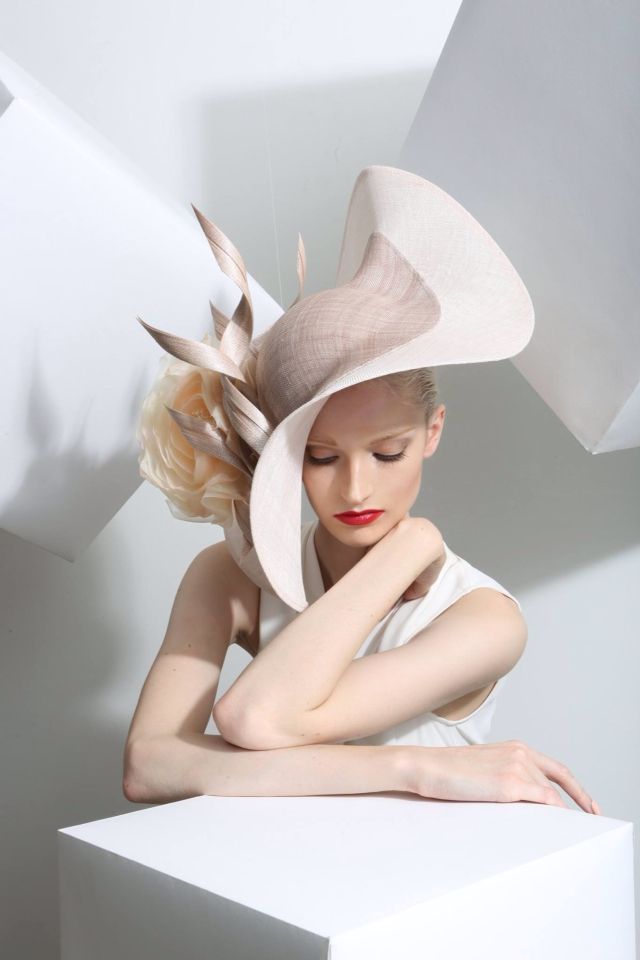
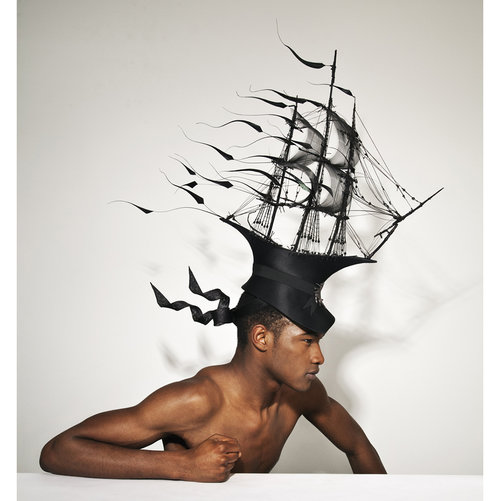
6. Humor and Surprise: Many of Treacy's designs incorporate an element of humor and surprise. He has created hats that resemble everyday objects, such as a teapot or a telephone, but with an unexpected and artistic twist.
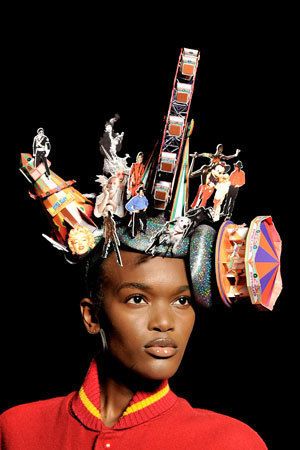
Phillip Treacy's creativity and extravagance are evident in his ability to reinvent millinery, using unconventional materials, sculptural forms, and diverse cultural references. His hats not only complement an outfit but also tell a story and evoke an emotional response, solidifying his position as an innovator in the fashion world.
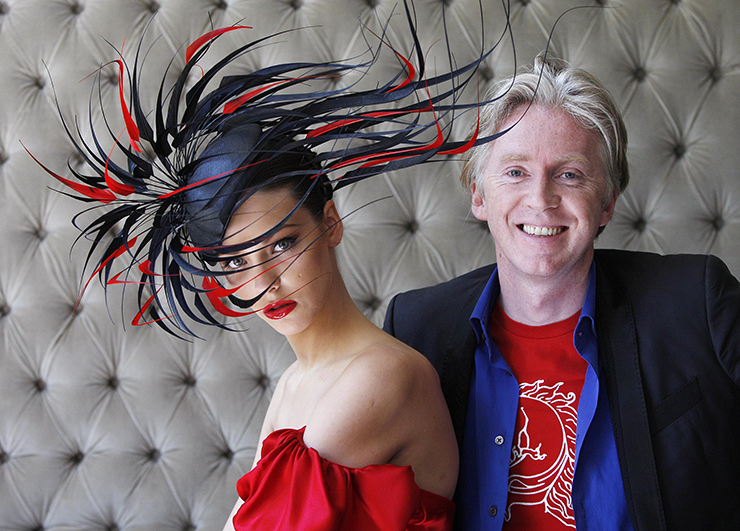
3. Mastery of Sinamay
Dillon Wallwork, another master of British millinery, is renowned for his innovative techniques, particularly in the use of sinamay. With a career spanning decades, Wallwork has worked with some of the biggest names in fashion and has created hats for royalty and celebrities.
Wallwork began his career in millinery working for Philip Somerville, one of London's most prestigious hatmakers known for designing hats for Queen Elizabeth II. Over time, Wallwork established his own workshop and made a name for himself with his ability to create hats that blend elegance with modernity.
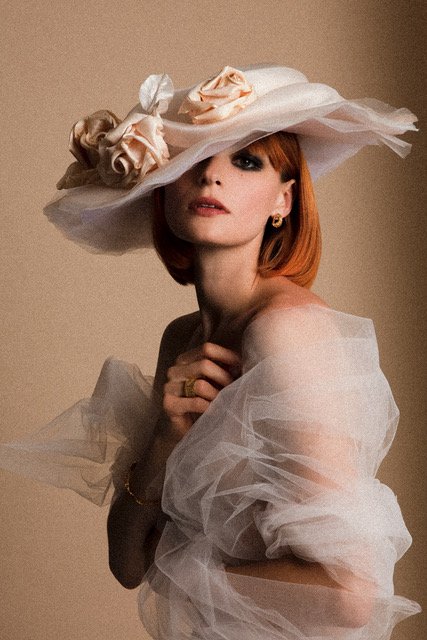
3. Dyeing and Coloring: Wallwork often dyes sinamay to achieve vibrant and customized colors. This technique allows him to create pieces that perfectly coordinate with the outfits they are designed for, offering an additional level of personalization.
4. Embellishments and Decorations: He combines sinamay with other decorative materials such as feathers, silk flowers, and ribbons to add ornamental details. These embellishments not only beautify the hat but also reflect Wallwork’s meticulousness and keen eye for detail.
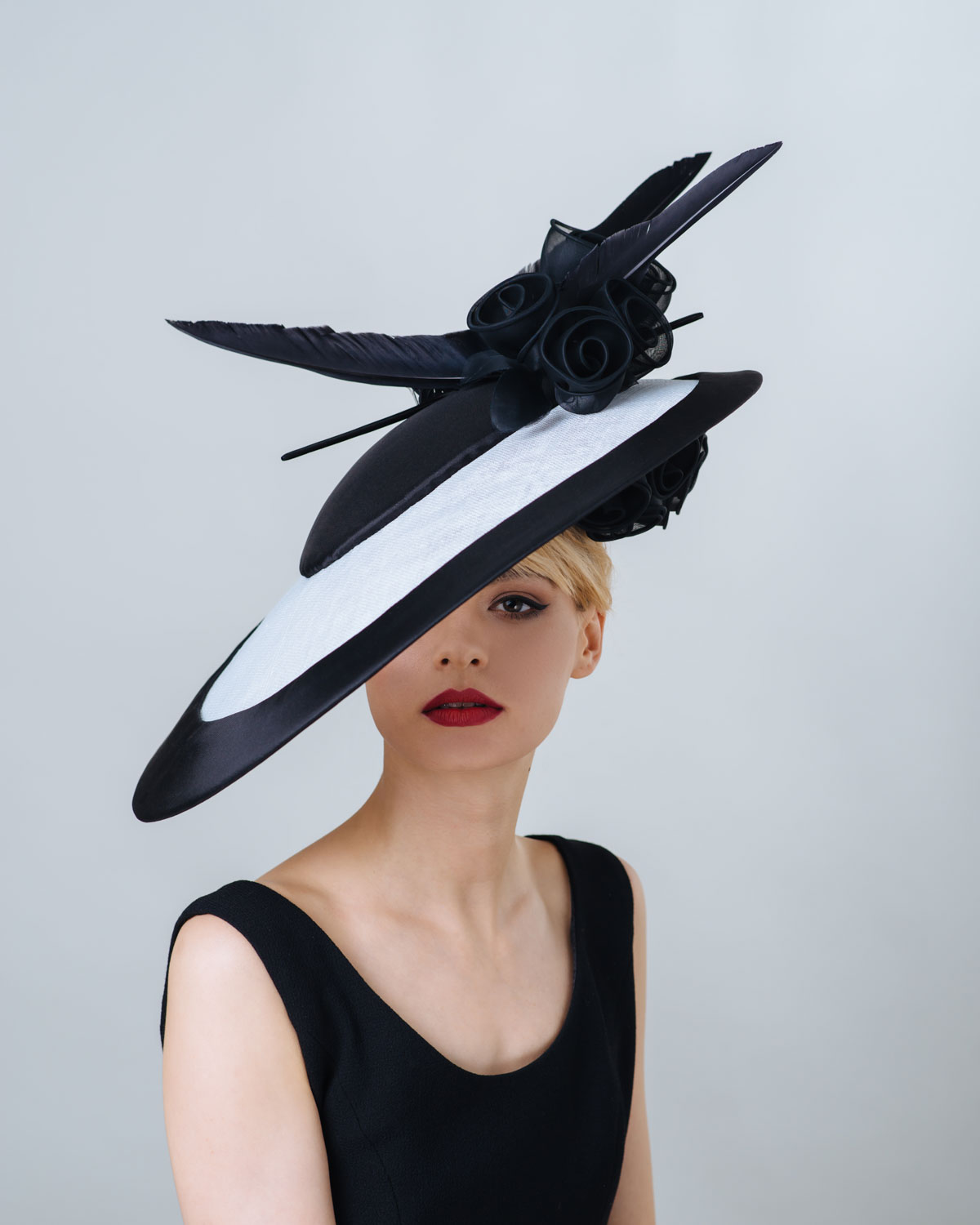
Additionally, Wallwork is renowned for his stitching technique. The stitching on Wallwork's hats is particularly notable. He employs both traditional and contemporary sewing techniques to join the pieces of the hat, ensuring that the stitches are as invisible as possible so as not to detract from the overall design.
Dillon Wallwork’s work has been widely recognized in the fashion industry. His hats have been worn at prestigious events like Ascot and royal weddings. Moreover, Wallwork has conducted workshops and courses around the world, sharing his knowledge and passion for millinery with new talents.
We have had the honor of hosting Dillon Wallwork at our facilities, where he conducted an intensive 3-day workshop on millinery techniques. During this course, participants had the opportunity to learn firsthand his innovative methods and hat-making techniques. Wallwork’s presence at our company made a significant impact and inspired many to explore new frontiers in hat design.
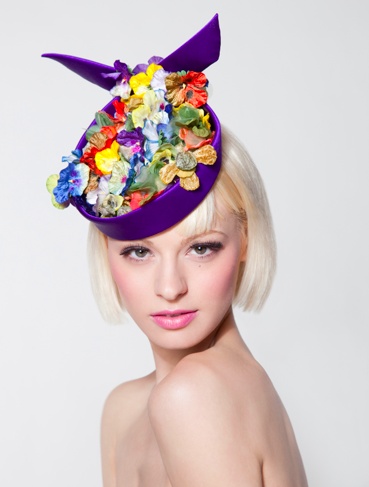
(Hat created during the course)
At Artipistilos, we are proud to offer the highest quality sinamay, meeting the demanding standards of master milliners like Dillon Wallwork, and available in a wide range of shades to meet any design needs.
Take advantage of this opportunity to work with the best sinamay on the market!
4. Classic/Contemporary Fusion
Stephen Jones is a British milliner who has gained worldwide fame for his innovative and artistic designs in the fashion world. He began his career in the 1980s after graduating from Central Saint Martins College of Art and Design in London.
Stephen Jones is known for his skill in blending the classic with the contemporary, creating hats that are both functional and works of art. His most notable techniques include:
1. Experimentation with Materials: Jones uses a variety of unconventional materials in his designs, such as plastics, metals, and high-tech fabrics, in addition to traditional materials like straw and felt.
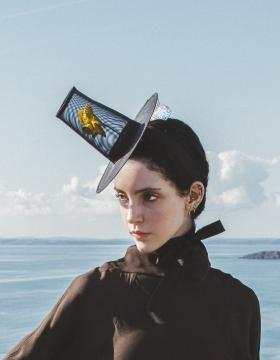
2. Innovative Structures: He is renowned for his unique shapes and structures that often challenge conventional hat design. His creations can be asymmetrical, sculptural, and at times surrealistic.
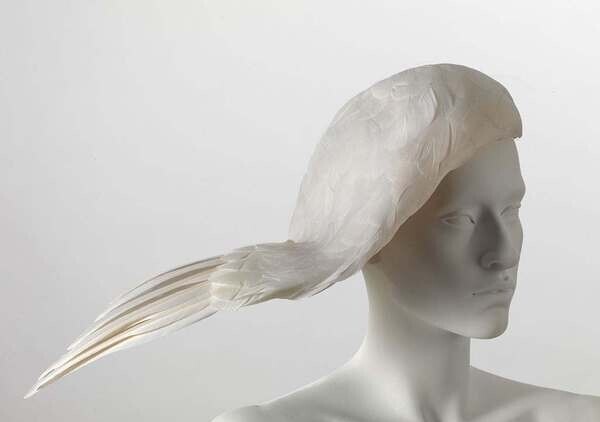
3. Ornamental Details: His hats are often adorned with meticulous details such as feathers, flowers, jewels, and embroidery. These embellishments not only enhance the design but also tell a story or convey a concept.
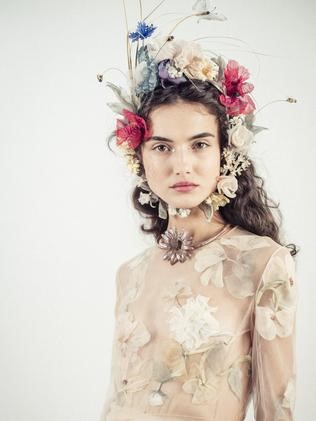
4. Creative Collaborations: Jones has worked with artists and other creatives to integrate elements from various disciplines into his hats. For example, he has incorporated illustrations and paintings into his designs.
Ornaments such as feathers, flowers, and ribbons can transform a simple hat into a statement piece. These techniques allow for the personalization and enhancement of each creation. Stephen Jones is a master in using embellishments and decorations, renowned for his extravagant and creative designs.
He is one of the most influential and respected milliners in the world. Originally from England, Jones began his career in the 1980s and quickly became a leading figure in the fashion industry. Known for his overflowing creativity and his ability to incorporate extravagant adornments and decorations, Jones has collaborated with haute couture houses like Dior, Thom Browne, and Vivienne Westwood, as well as designing hats for celebrities and royalty.
In addition to his impact on fashion, Jones’s hats have appeared in films, music videos, and theatrical productions, expanding his influence in popular culture.
Stephen Jones has received numerous awards and accolades throughout his career, including being named an Officer of the Order of the British Empire (OBE) for his services to fashion. His hats have been exhibited in museums and galleries around the world, and he remains a significant figure in the fashion industry.
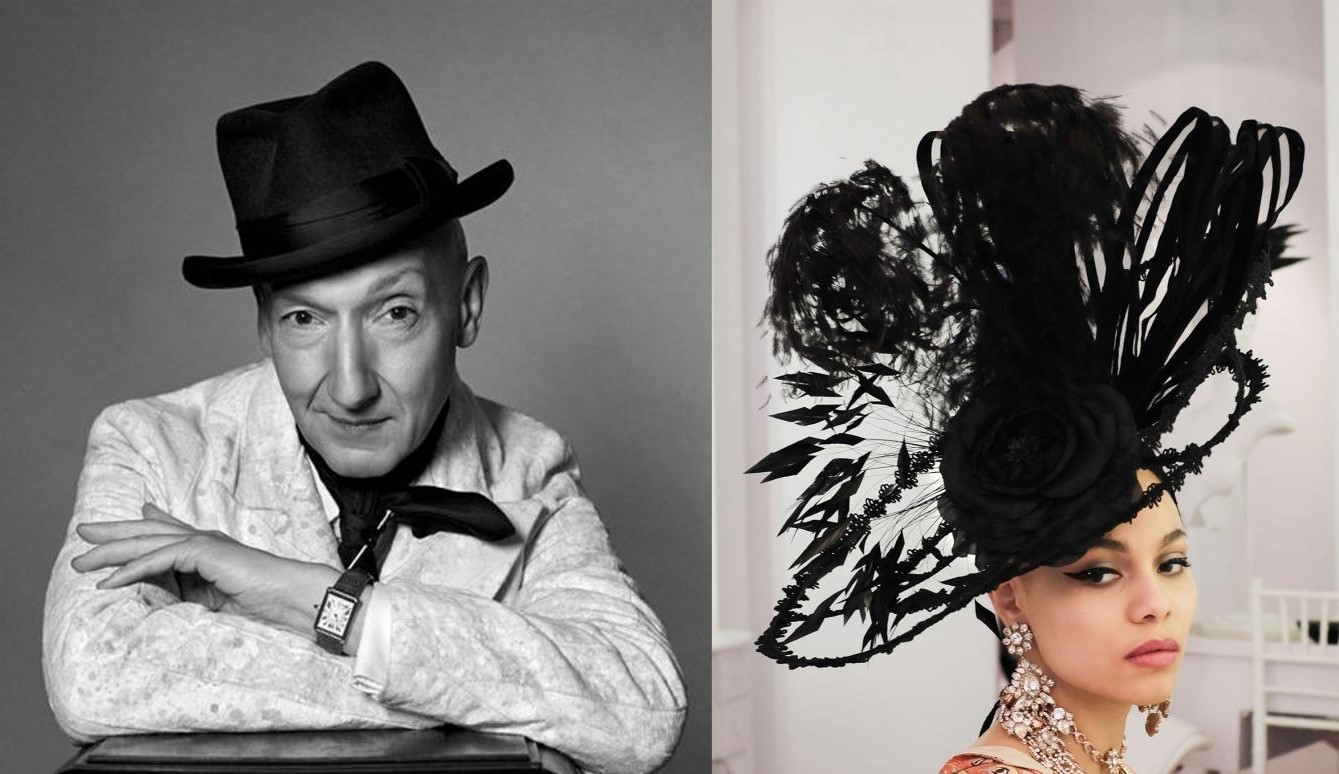
5. Modern and Experimental Techniques
Incorporating modern techniques and unconventional materials can lead to truly unique hats. These techniques blend traditional methods with contemporary innovations. Maor Zabar is an Israeli milliner known for his innovative and experimental approach to hat-making. His designs are recognized for combining traditional millinery techniques with modern materials and methods, resulting in unique and artistic pieces. Zabar has gained prominence for his ability to challenge fashion conventions and create hats that are both sculptures and fashion accessories.
_1.png)
He is renowned for his use of non-traditional materials in creating his hats. This includes plastics, lightweight metals, and technological textiles that are not commonly used in millinery. Zabar selects materials that are not only visually striking but also functional and durable. He also works with other materials, including silk, linen, felt, straw, and thermoplastics. His skill in combining these materials allows him to create unique shapes and innovative structures. He constantly experiments with new materials to explore how they can be molded and used in his designs, including testing for strength, flexibility, and aesthetics.
Zabar treats each hat as a sculpture, paying meticulous attention to every detail to ensure that the final form is both functional and aesthetically pleasing. He draws inspiration from a wide range of sources, from nature and art to popular culture and contemporary events. This is reflected in his thematic designs, which often tell a story or convey a specific message.
Creative Themes:
1.Food-Inspired Hats: One of Zabar’s most notable collections includes hats inspired by food, which are both visually striking and technically challenging. These hats have captured public attention for their creativity and execution.

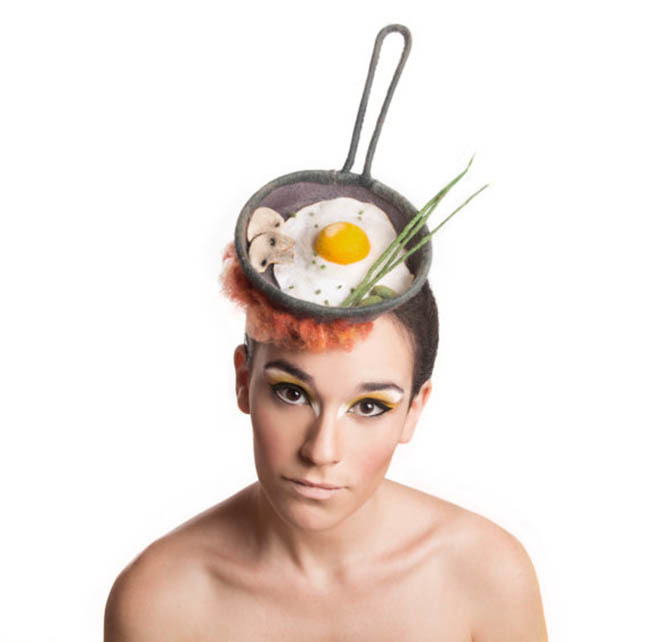
2. Carnivorous Plants and Flora: Another standout collection is his series of carnivorous plants, which has been exhibited internationally and showcases his ability to blend elements of nature with fashion design.
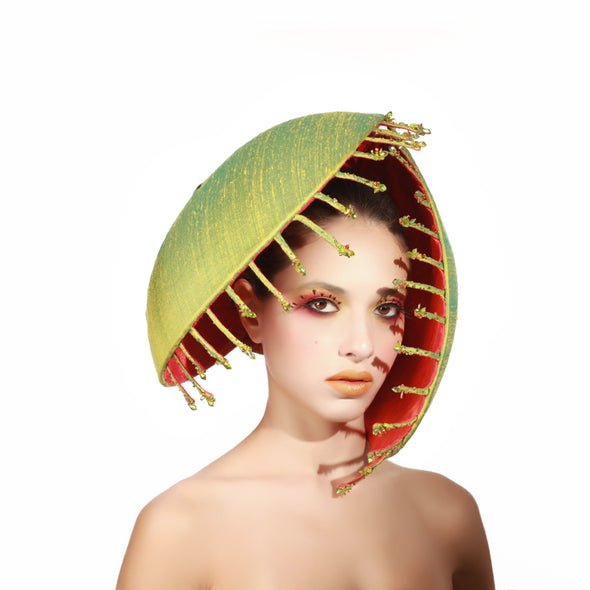
He has gained international recognition for his innovative designs and bold approach to millinery. His hats have been featured in exhibitions and fashion shows around the world, standing out for their creativity and originality.
Zabar is also a passionate educator, sharing his techniques through workshops and courses globally. He has taught at numerous events and conducted live demonstrations, showcasing his creative process and technical skills.
We had the pleasure of hosting him at our facilities for a series of exclusive courses. Participants had the opportunity to learn directly from this master milliner, where they learned how to create a three-dimensional and angular hat. It was an enriching experience.


(Hats created during the course)
Rebecca Share: Creativity Without Limits
.jpg)
Rebecca Share is a renowned Australian hat designer, celebrated for her striking and original creations. She launched her millinery brand in 1997 and has gained international recognition, particularly for her custom headpieces. Her work attracted the attention of Jennifer Lopez’s stylist, leading Rebecca to design 28 exclusive headpieces for JLo’s "It’s My Party" tour in the U.S. in 2019.
In addition to her design work, Rebecca has taught millinery at prestigious institutions such as the International Millinery Forum and the Melbourne Fashion Institute. She also offers workshops and private classes at her studio in Geelong, Victoria.
Her elegant and sophisticated designs, which encompass a range of styles and advanced, innovative millinery techniques, have established her as a leading figure in the field.
Through her career, Rebecca Share has refined numerous traditional and modern techniques, enabling her to create unique, high-quality hats. One of the most impressive techniques she teaches is crafting a complete hat with the brim made of floating feathers.
.jpg)

.jpg)
We invite readers to leave comments and share this article on their social media. We would love to hear your opinions and experiences in the world of millinery!

